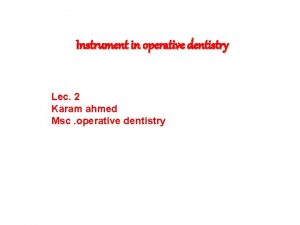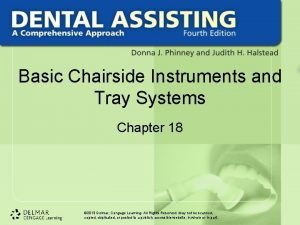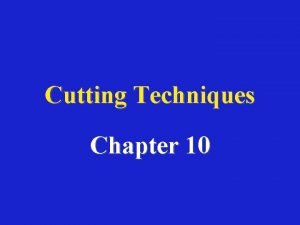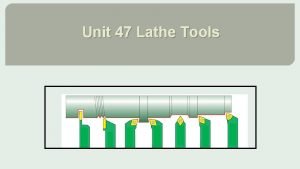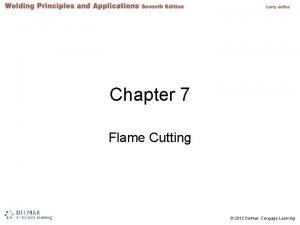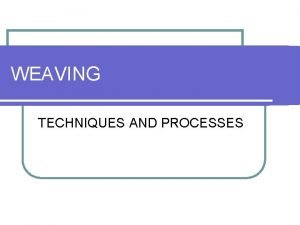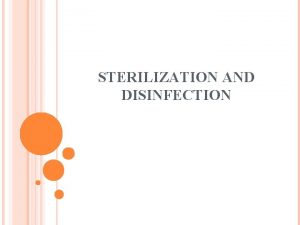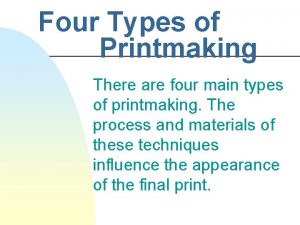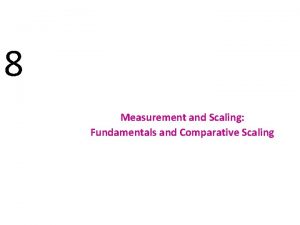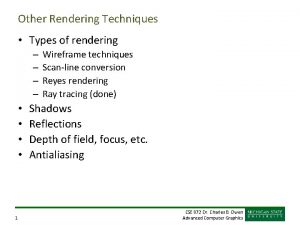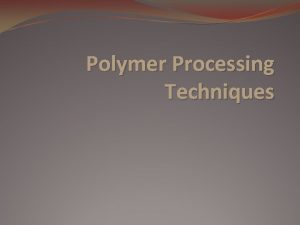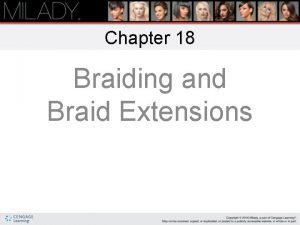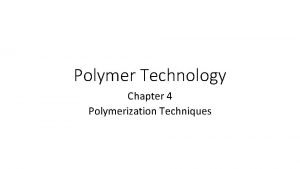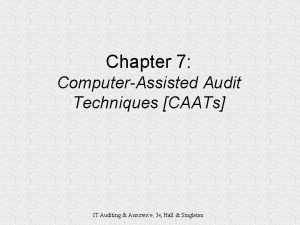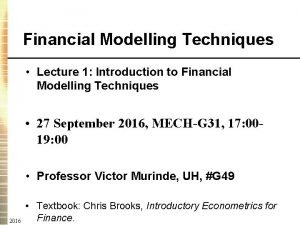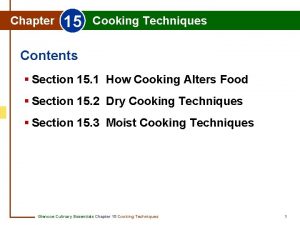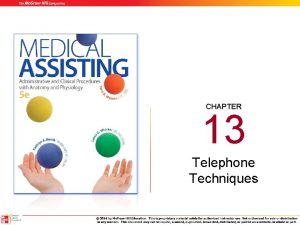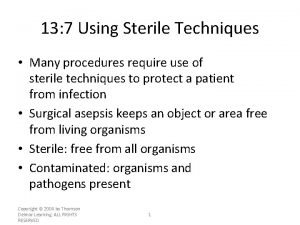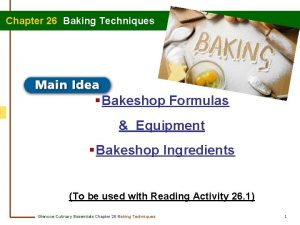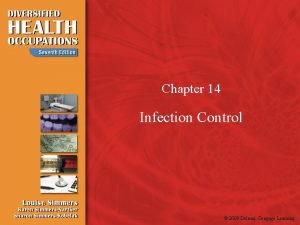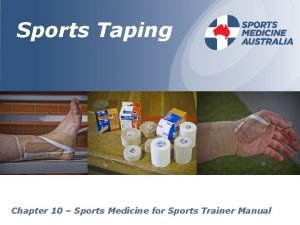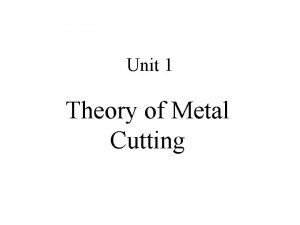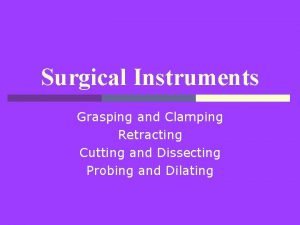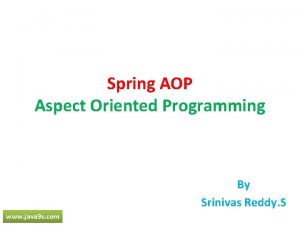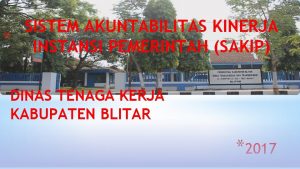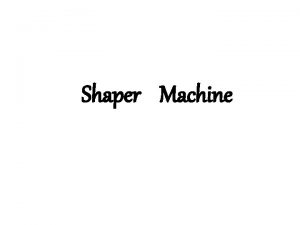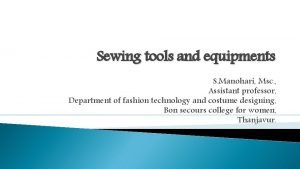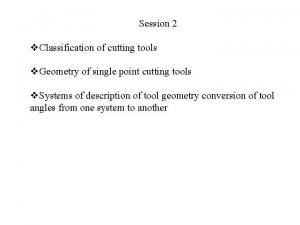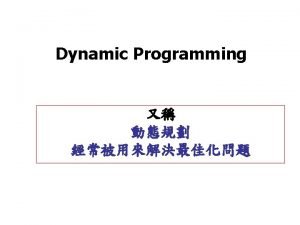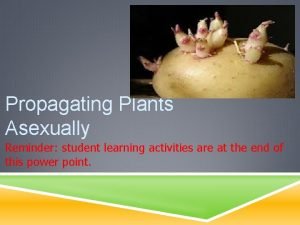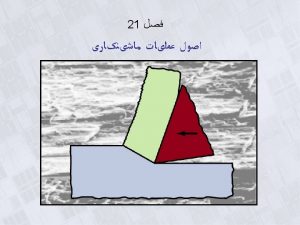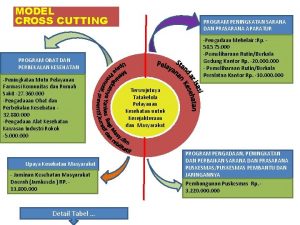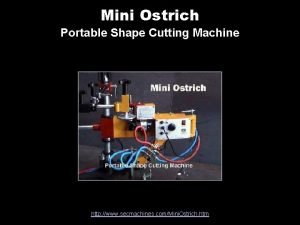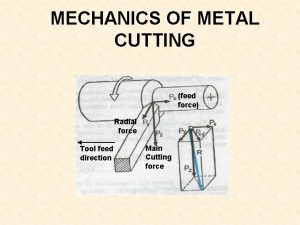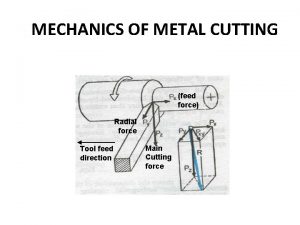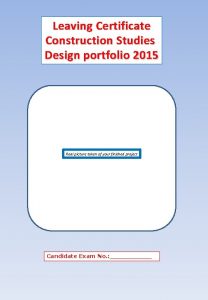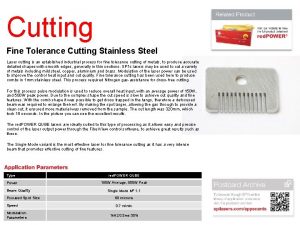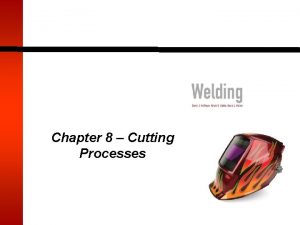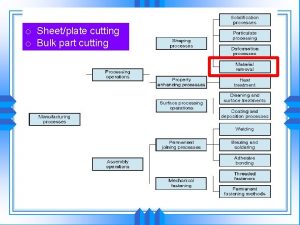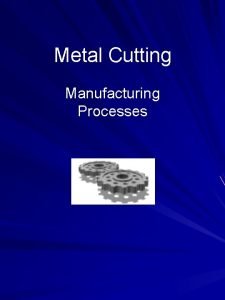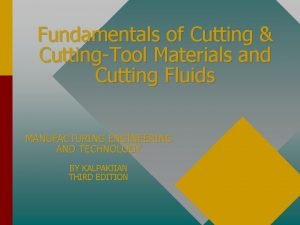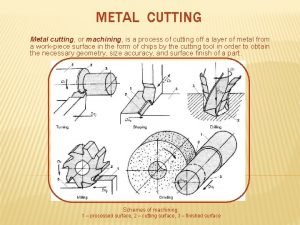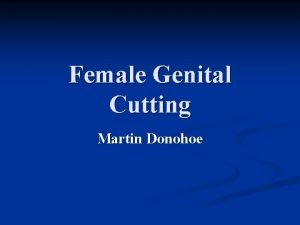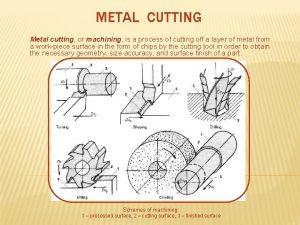Cutting Techniques Chapter 10 Cutting techniques Types of
































































- Slides: 64

Cutting Techniques Chapter 10

Cutting techniques • Types of cuttings – Stem • Hardwood – – Deciduous Narrow-leaved evergreens • Semi-hardwood – Broad-leaved evergreens – Leafy deciduous plants in summer • • • Softwood Herbaceous Rhizome/Stolon

Cutting techniques • Types of cuttings – Leaf-bud – Root

Cutting techniques • Hardwood (deciduous) – Mature, firm, dormant (after leaf drop) – 4 - 30” cuttings – Basal cut just below a node & top cut just above a node – Stick 2 - 3” into rooting mix – Can wax tops or place in high humidity


Cutting techniques • Hardwood cuttings (narrow-leaved evergreens) – Slow to root (make sure they don’t dry out) – Low-growing species root easiest (some junipers) – Upright growing often difficult to root (firs, hemlock, pines, spruce) – Take late fall to late winter – Include 4 - 8” of last years growth – Require high irradiance – High humidity – Prefer sand or peat/perlite – Bottom heat


Cutting techniques • Semi-hardwood (greenwood) – Broad-leaved evergreens or – Leafy deciduous plants in summer – Taken in summer after a growth flush – 3 - 6” cuttings – Trim large leaves to reduce transpiration – Collect cutting in early morning (turgid)




Cutting techniques • Softwood – soft, succulent new Spring growth – Deciduous or evergreen species – Taken DURING a growth flush – Sometimes root easier – Prone to disease and water stress


Cutting techniques • Herbaceous cuttings (different than softwood!) – From succulent, nonwoody plants (Coleus, geraniums, mums) – 3 - 5” cuttings – Leaves kept on top (remove any that would go below the surface of the rooting mix) – Auxin usually not required






Cutting techniques • Leaf cuttings – Leaf blade with or without petiole attached – Adventitious buds/shoots and roots must form – Limited # of species will respond to produce shoots • Begonia • African violet • Snake plant – Offsets = plants develop along the leaf margin • Kalanchoe • Piggyback plant












Cutting techniques • Leaf-bud cuttings (single eye or single node) – Leaf blade, petiole, & stem piece with axillary bud – Only adventitious roots need to form – Camellia, maples, rhododendron, tropical shrubs – Insert stem 1/2 - 1” into rooting mix

Cutting techniques • Root cuttings – From young stock plants in late winter/early spring – High in CHO’s – Polarity is important… proximal end up – Or can lay horizontally in the mix – Cover lightly, 1/2” maximum

Cutting techniques • Ways to improve rooting of cuttings – Proper rooting medium – Wounding • Stripping • Girdling – Auxins • IBA best or a combination of IBA & NAA • K-IBA (talc or water solution) for softwood & semihardwood • IBA in alcohol best with dormant hardwood cuttings

Cutting techniques • How to prepare an IBA quick-dip! – Know which form of IBA you have so you know which solvent to use Ex: You want 1 liter of a 5, 000 ppm solution FACT: 1 ppm = 1 mg/L Therefore: 5, 000 ppm = 5, 000 mg/L or 5 g/L

Cutting techniques Question: You want 200 ml of a 5, 000 ppm solution 5, 000 mg 5 g L L 5 g 1000 ml Xg 200 ml

Cutting techniques 1000 g • ml = 1000 X g • ml Divide through by 1000 X = 1 g per 200 ml

Cutting techniques • Quick-dip: – 500 - 10, 000 ppm (0. 05 to 1%) – Dip base in about 1/2 - 1” for 5 - 10 sec. – Easy, consistent, stable – If in alcohol… it will evaporate over time and the auxin will become more concentrated






Cutting techniques • Talc – 1, 000 - 10, 000 ppm (0. 1 - 1%) – Easy – Can be inconsistent (amount of talc adhering to the cutting base will vary) – Generally less effective than a similar concentration of IBA applied as a liquid




Cutting techniques • Other auxin application methods – Spray on foliage – Immerse herbaceous cuttings in 50 - 250 ppm – Soak cuttings (basal portion) in 20 - 200 ppm

Cutting techniques • Disease prevention while taking cuttings – Start with disease-free stock plants – Apply fungicides • In auxin talc or solution • Drench medium after sticking – Clean workspace and tools with sterilants • • • Bleach (10%) Physan 20 or Green Shield Note: Rubbing alcohol is not effective against viruses



Cutting techniques • Mist system – Intermittent mist • Time clock and solenoid • “Leaf” and solenoid (Mist-O-Matic) – Fog • High pressure • Ultrasonic – Problems • Algal growth • Water quality (p. H, salts, debris)











Cutting techniques • Cutting nutrition: – NO fertigation – Can use slow-release fertilizers but not recommended • Weed control – by hand!

Cutting techniques • Hardening-off: – The process of gradually acclimating rooted cuttings from high humidity to reduced humidity – First reduce mist frequency – Finally, remove from mist, pot up and keep in an area out of excessive sun and wind
 Sewing tools measuring tools
Sewing tools measuring tools Right and left bevel instrument
Right and left bevel instrument Pen grasp vs modified pen grasp
Pen grasp vs modified pen grasp Cutting and non cutting dental instruments
Cutting and non cutting dental instruments Lip angle of single point cutting tool
Lip angle of single point cutting tool 10 cutting techniques
10 cutting techniques Section cutting techniques practical
Section cutting techniques practical Cutting tools definition
Cutting tools definition Types of lathe tools
Types of lathe tools Fonctions techniques
Fonctions techniques Chapter 16 hair cutting
Chapter 16 hair cutting Chapter 7 flame cutting
Chapter 7 flame cutting Chapter 10 plasma arc cutting
Chapter 10 plasma arc cutting Torches
Torches Serrated loom
Serrated loom Sterilization
Sterilization Internet access techniques
Internet access techniques Printmaking
Printmaking Types of scaling techniques
Types of scaling techniques Shadow rendering techniques
Shadow rendering techniques Polymer processing techniques
Polymer processing techniques A poem a.skimming b.scanning c.extensive d.intensive
A poem a.skimming b.scanning c.extensive d.intensive Name and describe several textured sets and styles
Name and describe several textured sets and styles Types of polymerization techniques
Types of polymerization techniques Types of computer assisted audit techniques
Types of computer assisted audit techniques Financial modelling techniques
Financial modelling techniques Computer assisted audit techniques slideshare
Computer assisted audit techniques slideshare Chapter 8 telephone techniques
Chapter 8 telephone techniques Chapter 15:3 washing hands
Chapter 15:3 washing hands Cooking methods vocabulary
Cooking methods vocabulary Define a routing list as it pertains to incoming calls
Define a routing list as it pertains to incoming calls Chapter 7 techniques of integration
Chapter 7 techniques of integration Chapter 15:8 using sterile techniques
Chapter 15:8 using sterile techniques 15:8 using sterile techniques
15:8 using sterile techniques Chapter 9 capital budgeting techniques solutions
Chapter 9 capital budgeting techniques solutions Chapter 26 baking techniques answers
Chapter 26 baking techniques answers Chapter 14:3 washing hands
Chapter 14:3 washing hands Chapter 15:3 washing hands
Chapter 15:3 washing hands Sports medicine taping techniques
Sports medicine taping techniques Continuous chip
Continuous chip Obturator and kelly clamp
Obturator and kelly clamp Place
Place Cross-cutting concerns
Cross-cutting concerns Cutting speed for cast iron
Cutting speed for cast iron Contoh cross cutting program kegiatan
Contoh cross cutting program kegiatan Reciprocating member of shaper
Reciprocating member of shaper It has 4-5 inches finely tapered blades.
It has 4-5 inches finely tapered blades. Classification of cutting tools
Classification of cutting tools What is a revolved section?
What is a revolved section? Half section view
Half section view Which of the following suffixes refers to eating?
Which of the following suffixes refers to eating? Cutting rod problem
Cutting rod problem Leaf bud cutting diagram
Leaf bud cutting diagram Coinciding vs cross cutting cleavages
Coinciding vs cross cutting cleavages 2d cutting stock problem
2d cutting stock problem Ofw welding
Ofw welding Orthogonal cutting diagram
Orthogonal cutting diagram The cutting edge 2
The cutting edge 2 Cross cutting cleavages
Cross cutting cleavages Cross cutting program dan kegiatan
Cross cutting program dan kegiatan Portable shape cutting machine
Portable shape cutting machine Zitkala-sa hair
Zitkala-sa hair Feed force
Feed force Orthogonal
Orthogonal Lc construction portfolio examples
Lc construction portfolio examples


